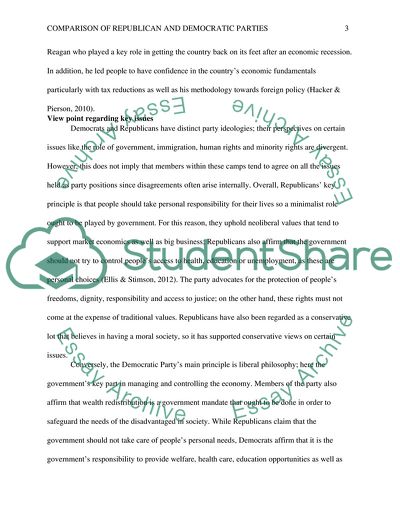Cite this document
(Comparison of Republican and Democratic Parties Report Example | Topics and Well Written Essays - 2250 words, n.d.)
Comparison of Republican and Democratic Parties Report Example | Topics and Well Written Essays - 2250 words. https://studentshare.org/history/1841064-democratic-and-republican
Comparison of Republican and Democratic Parties Report Example | Topics and Well Written Essays - 2250 words. https://studentshare.org/history/1841064-democratic-and-republican
(Comparison of Republican and Democratic Parties Report Example | Topics and Well Written Essays - 2250 Words)
Comparison of Republican and Democratic Parties Report Example | Topics and Well Written Essays - 2250 Words. https://studentshare.org/history/1841064-democratic-and-republican.
Comparison of Republican and Democratic Parties Report Example | Topics and Well Written Essays - 2250 Words. https://studentshare.org/history/1841064-democratic-and-republican.
“Comparison of Republican and Democratic Parties Report Example | Topics and Well Written Essays - 2250 Words”. https://studentshare.org/history/1841064-democratic-and-republican.


